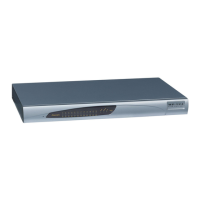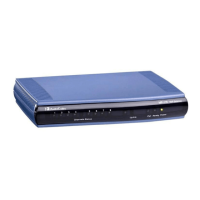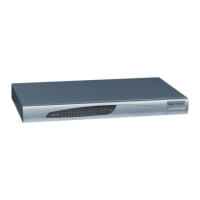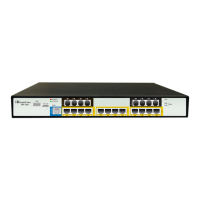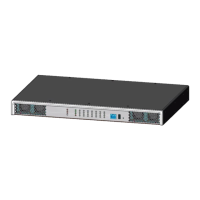User's Manual 270 Document #: LTRT-27045
Mediant 1000B Gateway & E-SBC
This HTTP request-response transaction for the routing path occurs between Routing
server and each device in the route path (hops) as the call traverses the devices to its final
destination. Each device in the call path connects to the Routing server, which responds
with the next hop in the route path. Each device considers the call as an incoming call from
an IP Group or Trunk Group. The session ID (SID) is generated by the first device in the
path and then passed unchanged down the route path, enabling the Routing server to
uniquely identify requests belonging to the same call session.
Communication between the device and the Routing server is through the device's
embedded Representational State Transfer (RESTful) API. The RESTful API is used to
manage the routing-related information exchanged between the Routing server (RESTful
server) and the device (RESTful client). When you have configured the device with
connection settings of the Routing sever and the device starts-up, it connects to the
Routing server and activates the RESTful API, which triggers the routing-related API
commands.
The following figure provides an example of information exchange between devices and a
Routing server for routing calls:
Figure 15-43: Example of Call Routing Information Exchange between Devices and Routing
Server
The Routing server can also manipulate call data such as calling name, if required. It can
also create new IP Groups and associated configuration entities, if necessary for routing.
Multiple Routing servers can also be employed, whereby each device in the chain path can
use a specific Routing server. Alternatively, a single Routing server can be employed and
used for all devices ("stateful" Routing server).
The device automatically updates (sends) the Routing server with its' configuration
topology regarding SIP routing-related entities (Trunk Groups, SRDs, SIP Interfaces, and
IP Groups) that have been configured for use by the Routing server. For example, if you
add a new IP Group and enable it for use by the Routing server, the device sends this
information to the Routing server. Routing of calls associated with routing-related entities
that are disabled for use by the Routing server (default) are handled only by the device (not
the Routing server).
In addition to regular routing, the Routing server also supports the following:
Alternative Routing: If a call fails to be established, the device "closest" to the failure
and configured to send "additional" routing requests (through REST API -
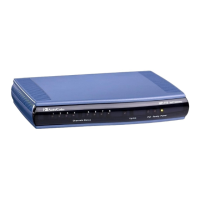
